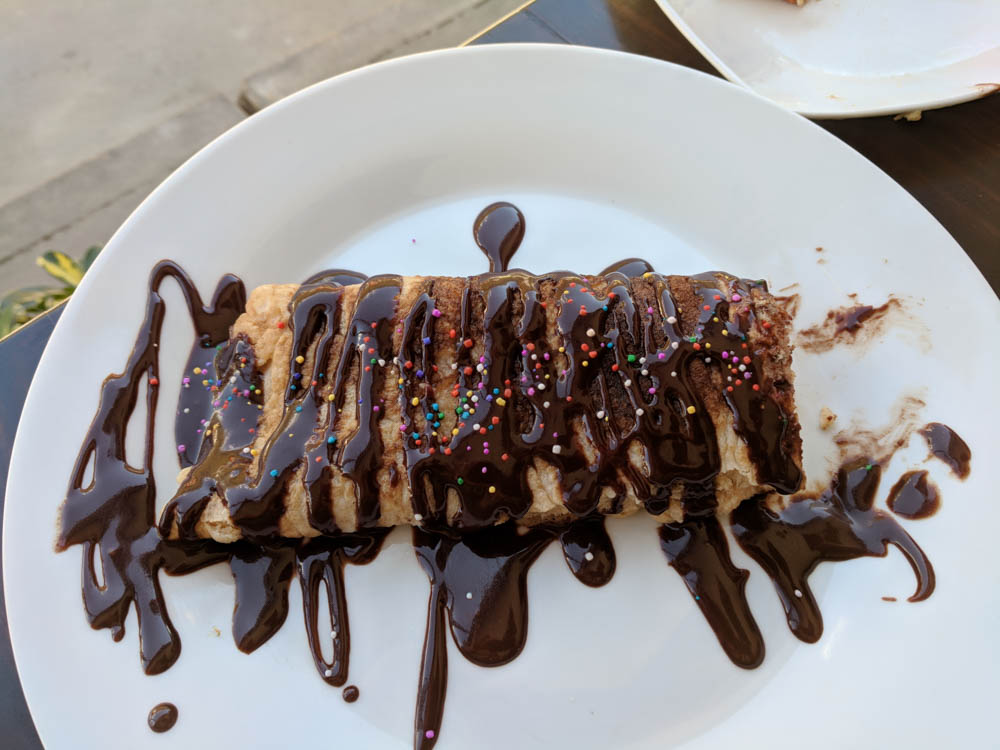Today we head out from Ollaytantambo to Santa Teresa. We were not sure how long the drive would actually take, but wanted to make the trip in daylight as the last road we must drive has a reputation as being very dangerous. Multiple people have warned us about driving on this road. Before we left, I took a few minutes in daylight to check out the area where we stayed.
The Ollantaytambo Ruins are on the edge of town and we were hoping to visit them when we came back through this way a few days later. There is also a statue of Cura Ocllo. She was the sister and wife to one of the last rulers of the Inca empire, Manco Inca Yupanqui. He started out as a puppet for the Spanish, but later rebelled and spent the rest of his life trying to defeat them. At one point, Manco was forced to turn Cura Ocllo over to the Spaniards, where she was shot with arrows for resisting rape.
Continue reading “21: Onward to Santa Teresa”
